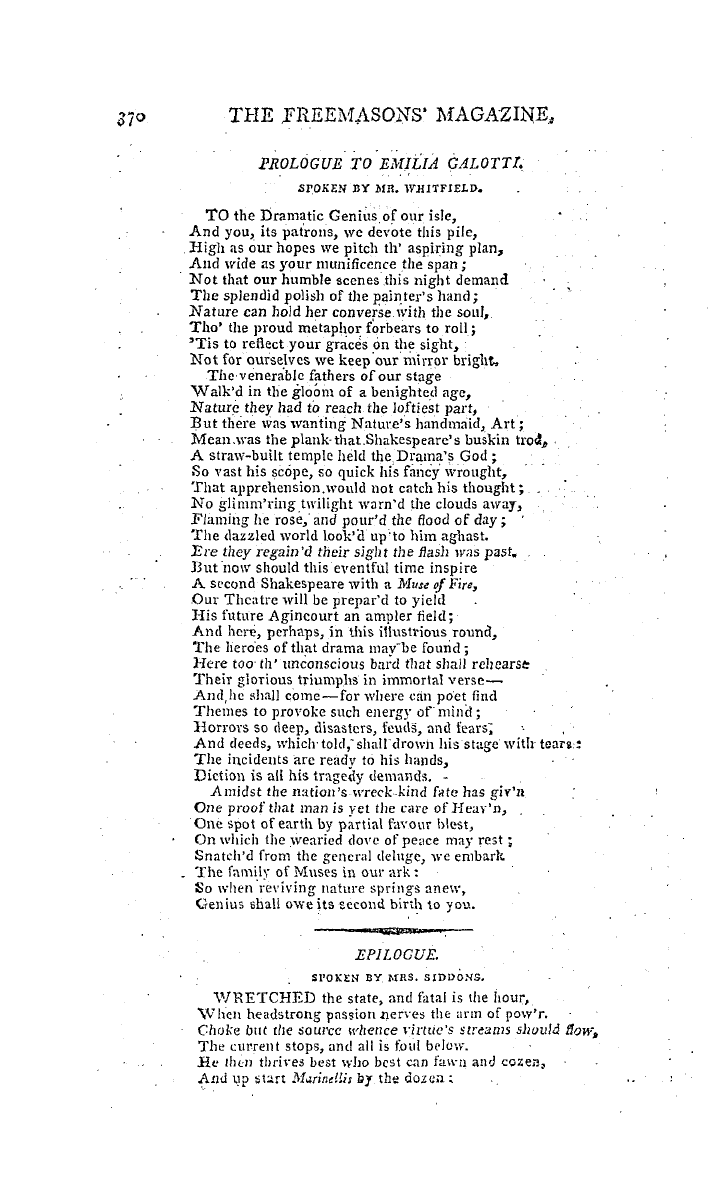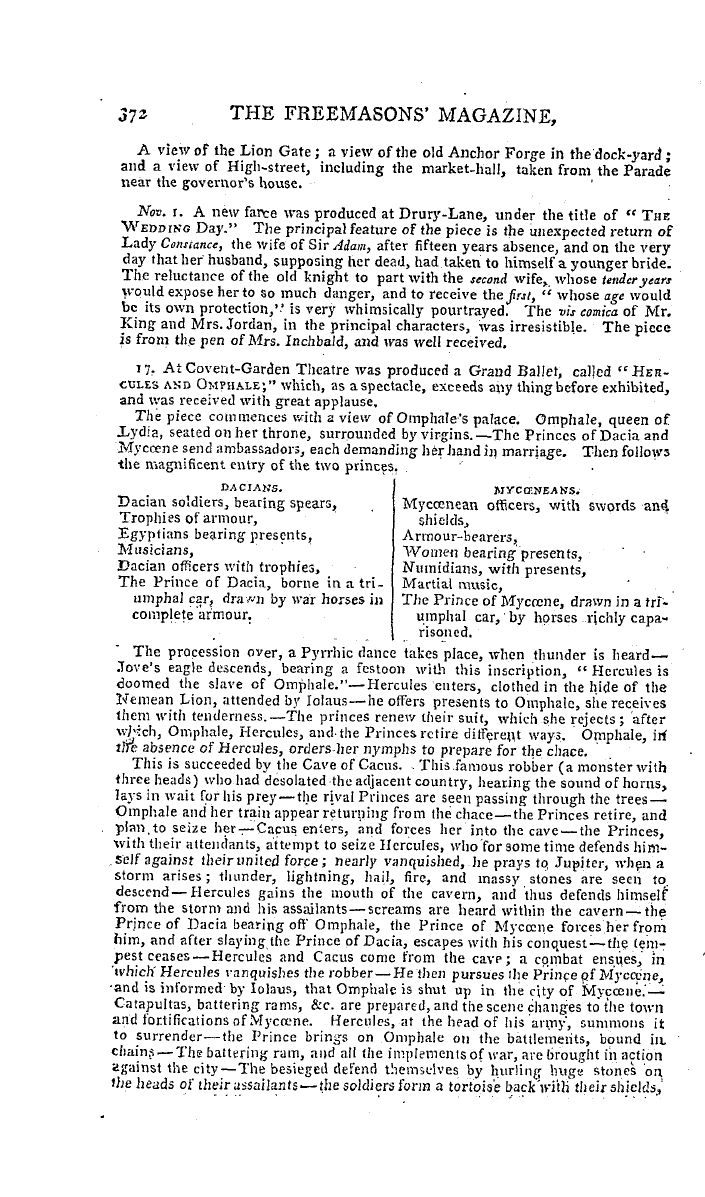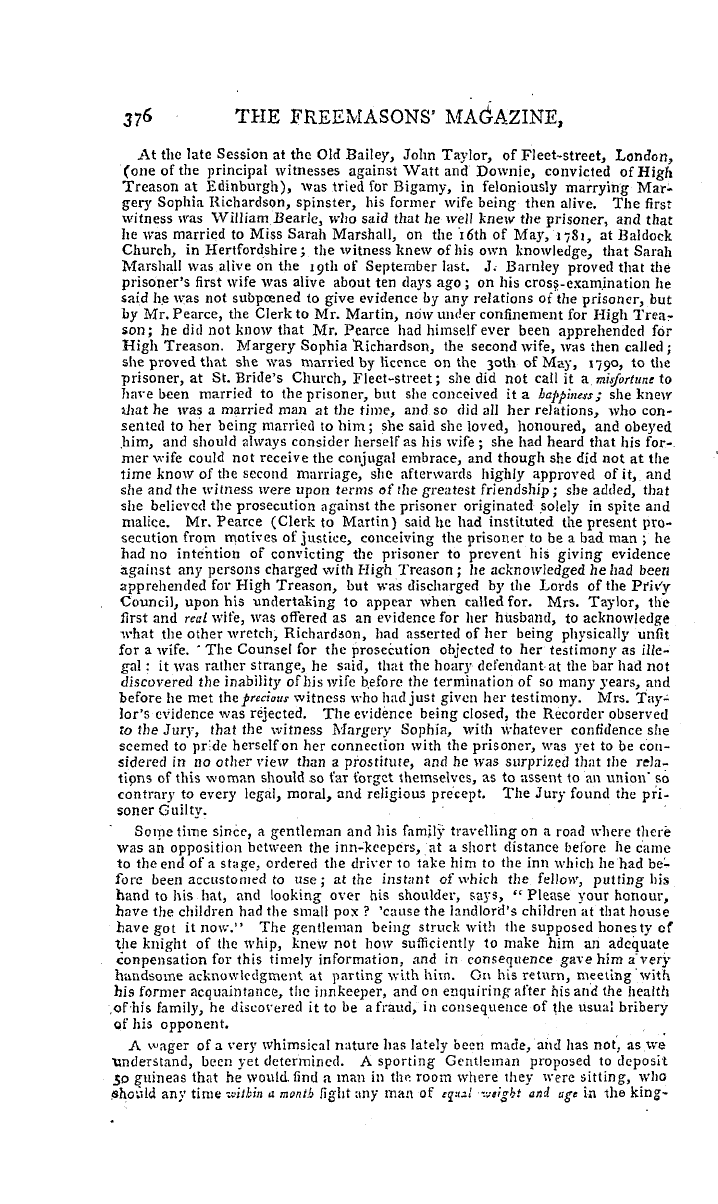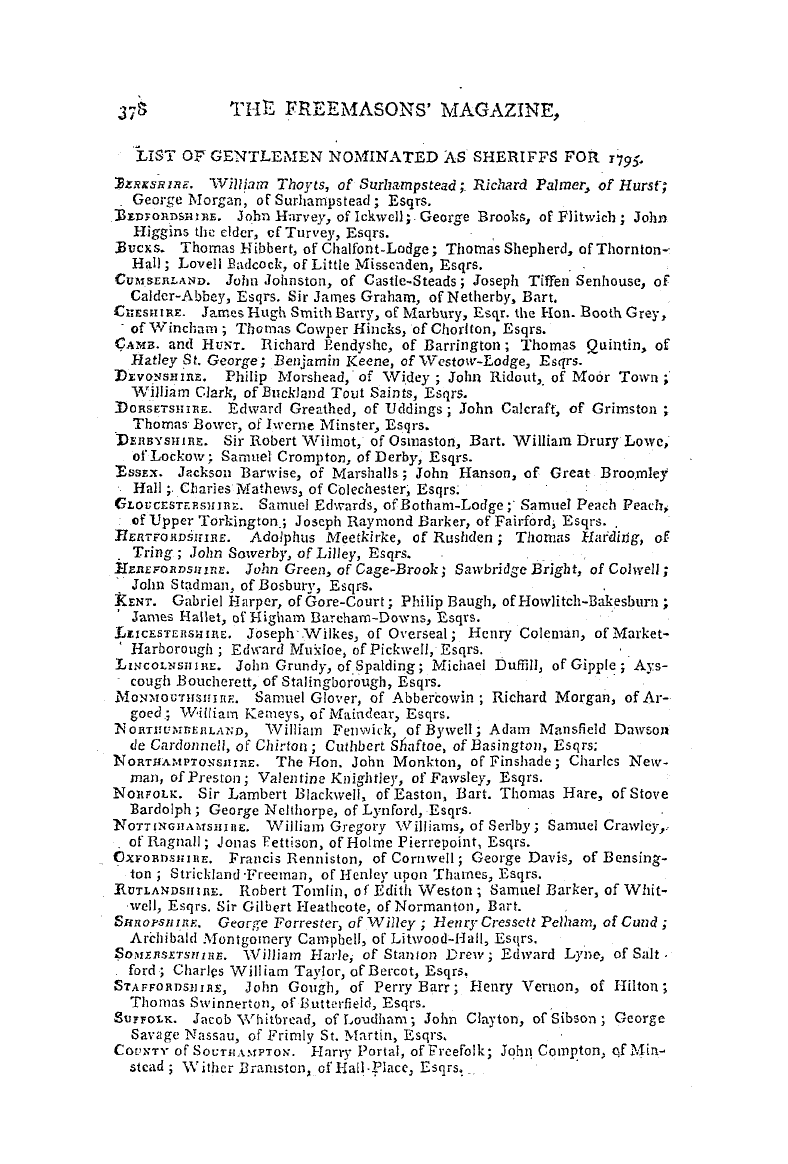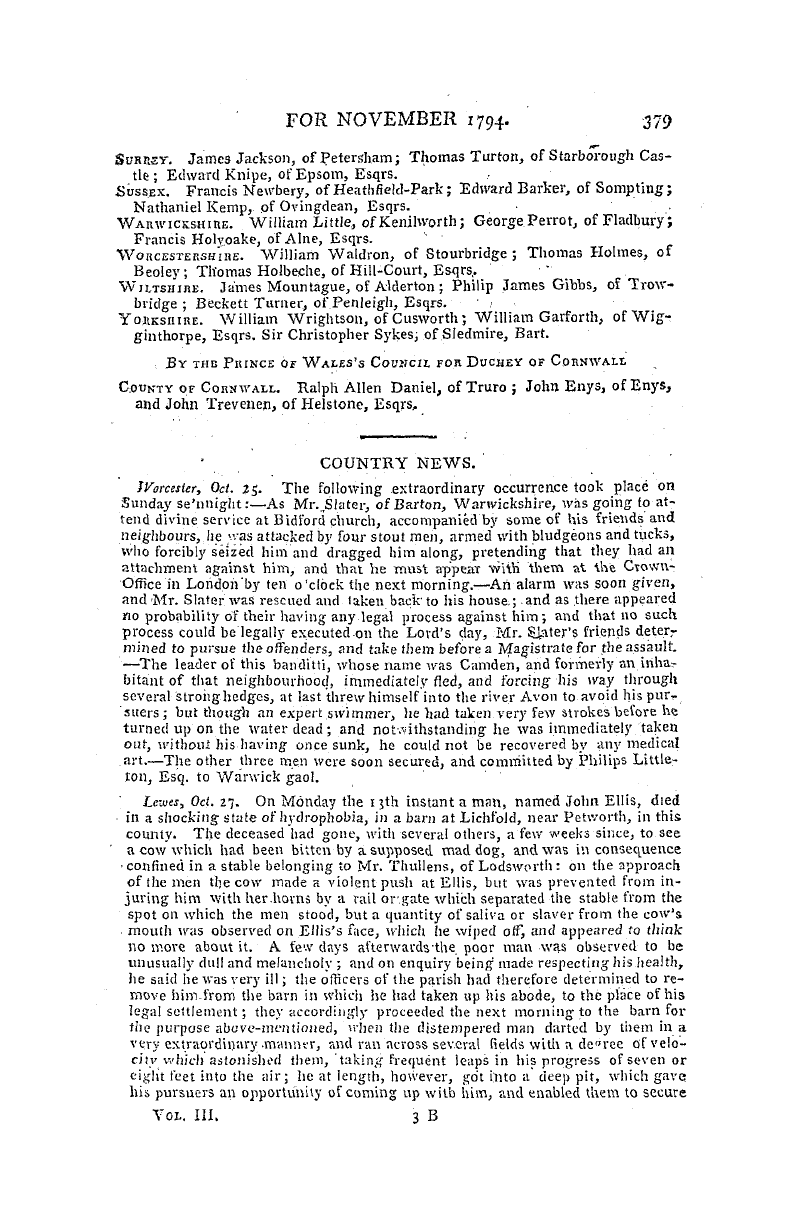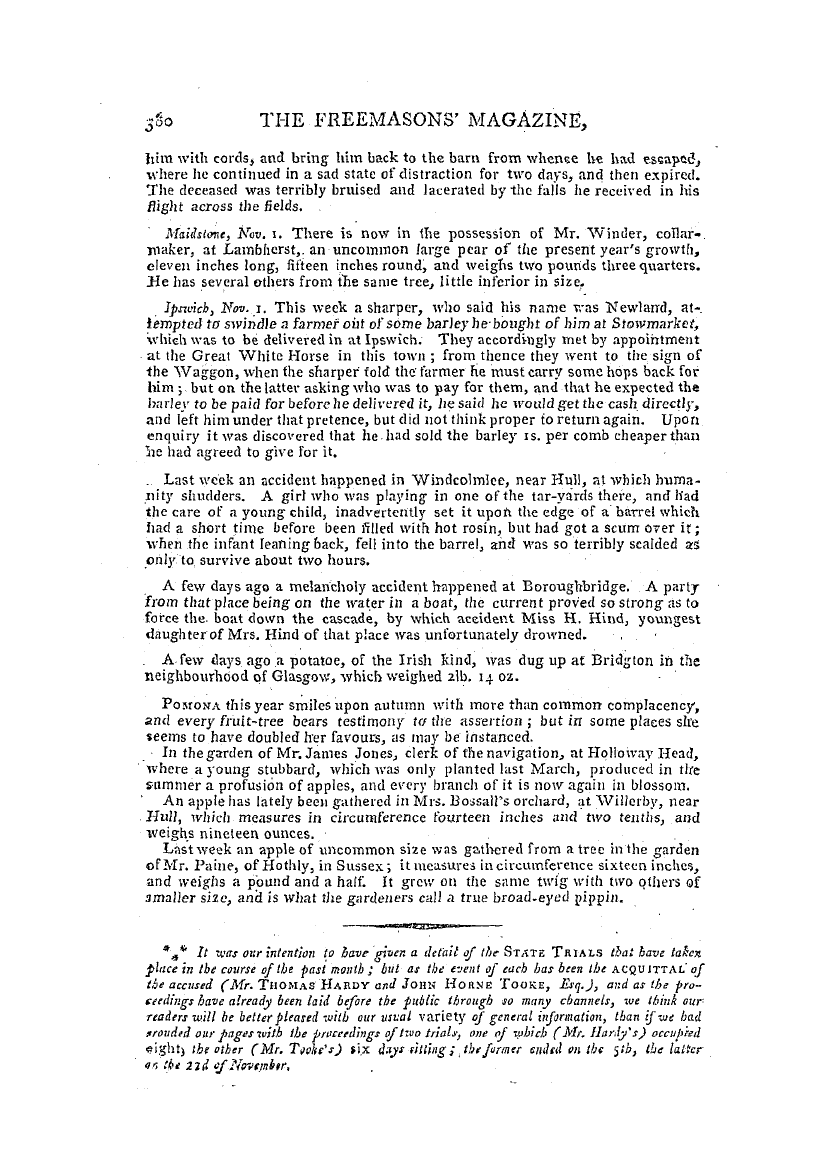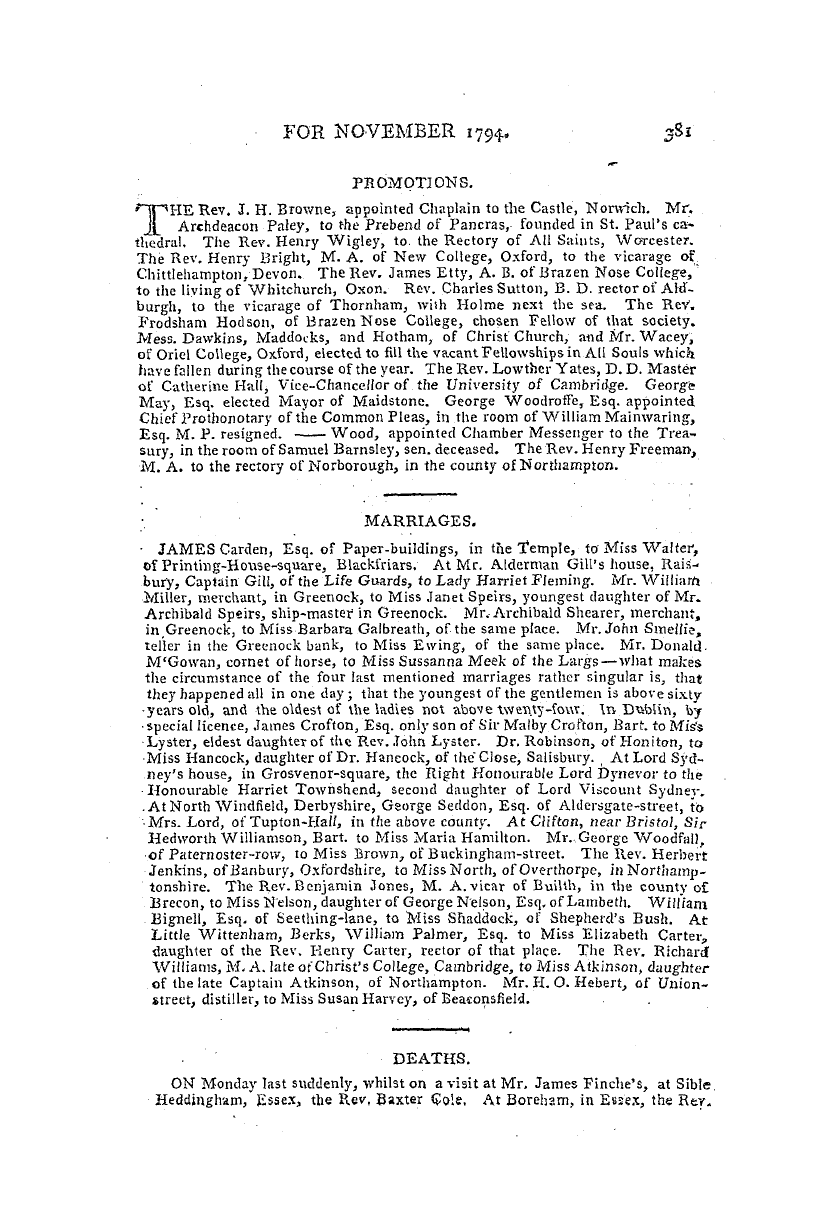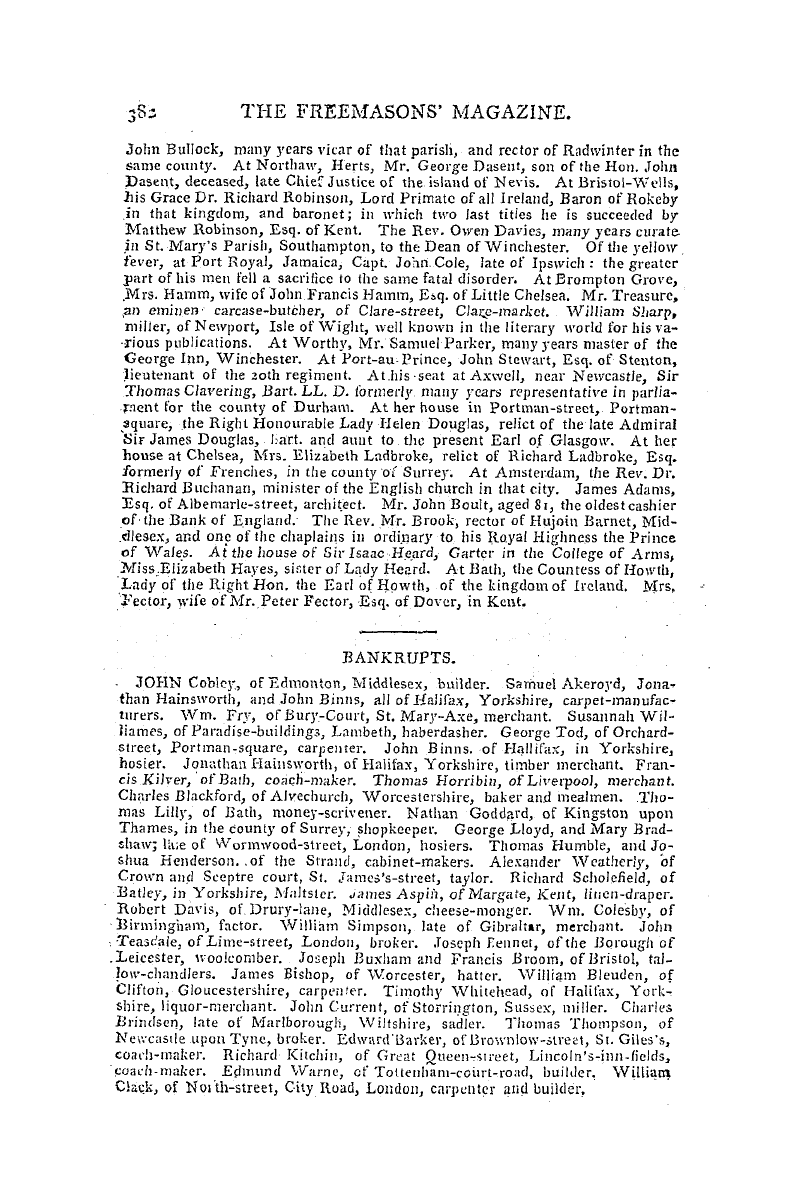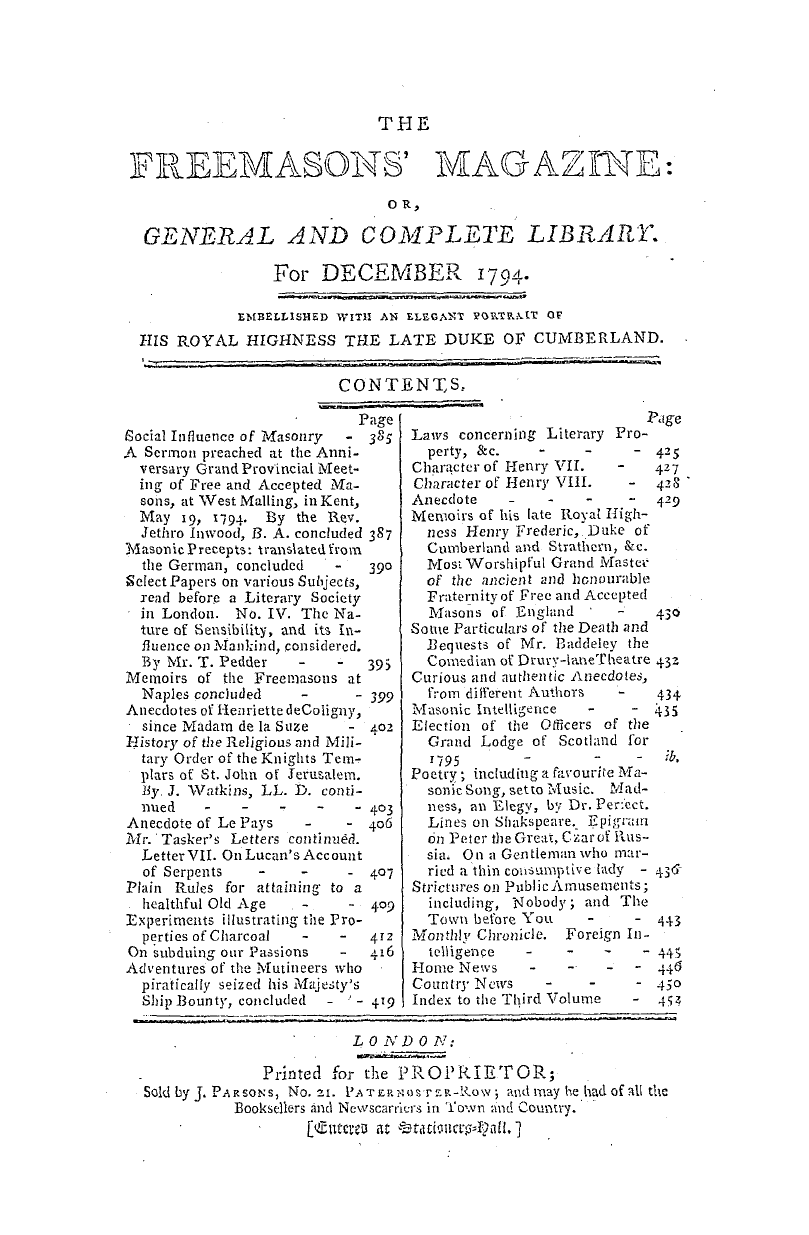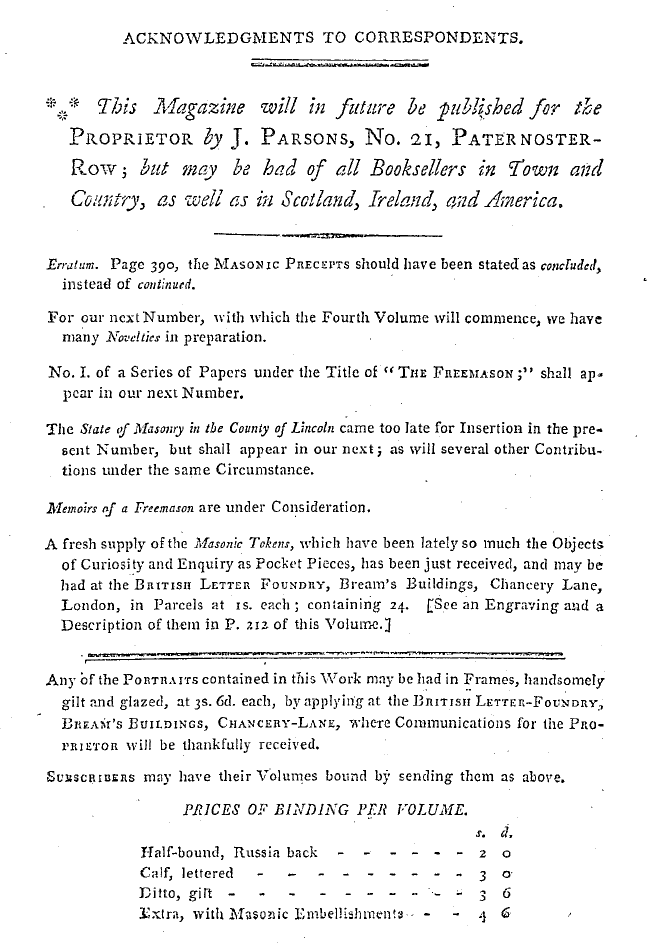-
Articles/Ads
Article STRICTURES ON PUBLIC AMUSEMENTS. ← Page 2 of 2
Note: This text has been automatically extracted via Optical Character Recognition (OCR) software.
Strictures On Public Amusements.
faul had lived with a girl who quarrelled with him and married Flush—four months after the marriage she was delivered of a boy . Sir Paul accidentallyheard of this , and consequently claimed . the child , which Flush for a bribe easily gives up . Gingham is then united to Clara , and Sir Paul , with great liberality , settles a large part of his fortune on Mr . and Mrs . Darnley . Reynolds ' s / orfc is decidedly satire—and this at once useful , ' pointed , and goodhumoured . With unabating vigilance he watches over the multiplying absurditieseffashion , exposes their extravagance , and'reprobates ' their tendency . In this
consists the grand merit . of comedy , and that merit Reynolds has all to himself . It may be said , and indeed it it said , with some justice , that this author plans better than he executes—that he sketches very finely , but is rather a slovenly finisher . It should , however , be recollected , that w-here he fails'in character ha makes up for the deficiency in -whimsicality . His design'is to make , the public laugh at their own expence , and his successes infallible . ' - - The moral purpose of his writing is always the best . ; He fights on . the side of virtue against the abominations of custom- ^ he tears the mask from the specious
innocence of fashionable life , and scruples not boldly to despise rank when connected with villany and vice . ¦ ¦ ' ' ¦' . The objects of his ridicule are Mfairgdme , -z-n & the sooner they are bunted down the better . Reflection shudders at the enormities which fashion authorizes and nobility protects . ' " So much for the complexion of Reynolds ' s comedy ; the stile and manner of it are universally understood ; we do not expect from him consistency , sentiment , or
plot ; we always find humour , spirit , andeffect . ' The telling points of The Rage are : innumerable ; we are hurried from , one ec-« entricity to another , and attention never flags throughthe whole five acts . 28 . EMILIA GALOTTI was performed atDrury-Lane : for the first time . The following are the characters : . ¦ : ¦ Duke of Guastalla , - - ' - . MIVKEMBLB . Marquis Marinelli . - - Mr . PALMER .
, Camillo Rota - - - Mr . AICKIN . Galotti , . - - - Mr . WROUGIITON . Battista , - - - ' , - - Mr . BARRYMORE . Guiseppe , - Mr .-CAULFiELD . Angelo , - - - , - Mr . PHILLIMORE . -Perio , - - - - - - Mr . MADDOCKS . Countess Orsina , . « ¦ ' - - Mrs .-SiDDONS . - Claudia , - - Mrs . POWELL . Emilia , - - - ¦ - ¦ ' .- Miss MILLER .
This is a tragedy from the German of Lessing , founded on the well-known story of Appius and Virginia . Its general character is to substitute , refinement of sentiment for the strong workings of passion , and delicacy of expression for the nervous utterance of untutored feelings ; a style of dramatic writing mora calculated to interest jn the closet than to agitate on the stage . As the minute but very natural circumstances ' by which the immediate actions of the characters ; are often decided come to be better understood , Emilia Galotti will be better relished . The catastrophe is too tame for the taste of an English audience .
Indeed it would be difficult to put words in the mouth of Galotti mofe striking than those of the historian — " Te Appi , tmimque caput sanguine hoc consecro . ''' It was brought out with great splendour of decoration ; the dresses and scenery the most beautiful , perhaps , that ever appeared upon , any stage . Mrs . Siddons played two very difficult scenes with inimitable skill . " Miss Miller , who made her first public essay as an actress in the character of Emilia Galotti , has a pleasing figure , with a voice of considerable volume and variety of tone , and was very favourably received by a full and brilliant aii ^ dience ,
Note: This text has been automatically extracted via Optical Character Recognition (OCR) software.
Strictures On Public Amusements.
faul had lived with a girl who quarrelled with him and married Flush—four months after the marriage she was delivered of a boy . Sir Paul accidentallyheard of this , and consequently claimed . the child , which Flush for a bribe easily gives up . Gingham is then united to Clara , and Sir Paul , with great liberality , settles a large part of his fortune on Mr . and Mrs . Darnley . Reynolds ' s / orfc is decidedly satire—and this at once useful , ' pointed , and goodhumoured . With unabating vigilance he watches over the multiplying absurditieseffashion , exposes their extravagance , and'reprobates ' their tendency . In this
consists the grand merit . of comedy , and that merit Reynolds has all to himself . It may be said , and indeed it it said , with some justice , that this author plans better than he executes—that he sketches very finely , but is rather a slovenly finisher . It should , however , be recollected , that w-here he fails'in character ha makes up for the deficiency in -whimsicality . His design'is to make , the public laugh at their own expence , and his successes infallible . ' - - The moral purpose of his writing is always the best . ; He fights on . the side of virtue against the abominations of custom- ^ he tears the mask from the specious
innocence of fashionable life , and scruples not boldly to despise rank when connected with villany and vice . ¦ ¦ ' ' ¦' . The objects of his ridicule are Mfairgdme , -z-n & the sooner they are bunted down the better . Reflection shudders at the enormities which fashion authorizes and nobility protects . ' " So much for the complexion of Reynolds ' s comedy ; the stile and manner of it are universally understood ; we do not expect from him consistency , sentiment , or
plot ; we always find humour , spirit , andeffect . ' The telling points of The Rage are : innumerable ; we are hurried from , one ec-« entricity to another , and attention never flags throughthe whole five acts . 28 . EMILIA GALOTTI was performed atDrury-Lane : for the first time . The following are the characters : . ¦ : ¦ Duke of Guastalla , - - ' - . MIVKEMBLB . Marquis Marinelli . - - Mr . PALMER .
, Camillo Rota - - - Mr . AICKIN . Galotti , . - - - Mr . WROUGIITON . Battista , - - - ' , - - Mr . BARRYMORE . Guiseppe , - Mr .-CAULFiELD . Angelo , - - - , - Mr . PHILLIMORE . -Perio , - - - - - - Mr . MADDOCKS . Countess Orsina , . « ¦ ' - - Mrs .-SiDDONS . - Claudia , - - Mrs . POWELL . Emilia , - - - ¦ - ¦ ' .- Miss MILLER .
This is a tragedy from the German of Lessing , founded on the well-known story of Appius and Virginia . Its general character is to substitute , refinement of sentiment for the strong workings of passion , and delicacy of expression for the nervous utterance of untutored feelings ; a style of dramatic writing mora calculated to interest jn the closet than to agitate on the stage . As the minute but very natural circumstances ' by which the immediate actions of the characters ; are often decided come to be better understood , Emilia Galotti will be better relished . The catastrophe is too tame for the taste of an English audience .
Indeed it would be difficult to put words in the mouth of Galotti mofe striking than those of the historian — " Te Appi , tmimque caput sanguine hoc consecro . ''' It was brought out with great splendour of decoration ; the dresses and scenery the most beautiful , perhaps , that ever appeared upon , any stage . Mrs . Siddons played two very difficult scenes with inimitable skill . " Miss Miller , who made her first public essay as an actress in the character of Emilia Galotti , has a pleasing figure , with a voice of considerable volume and variety of tone , and was very favourably received by a full and brilliant aii ^ dience ,


























































